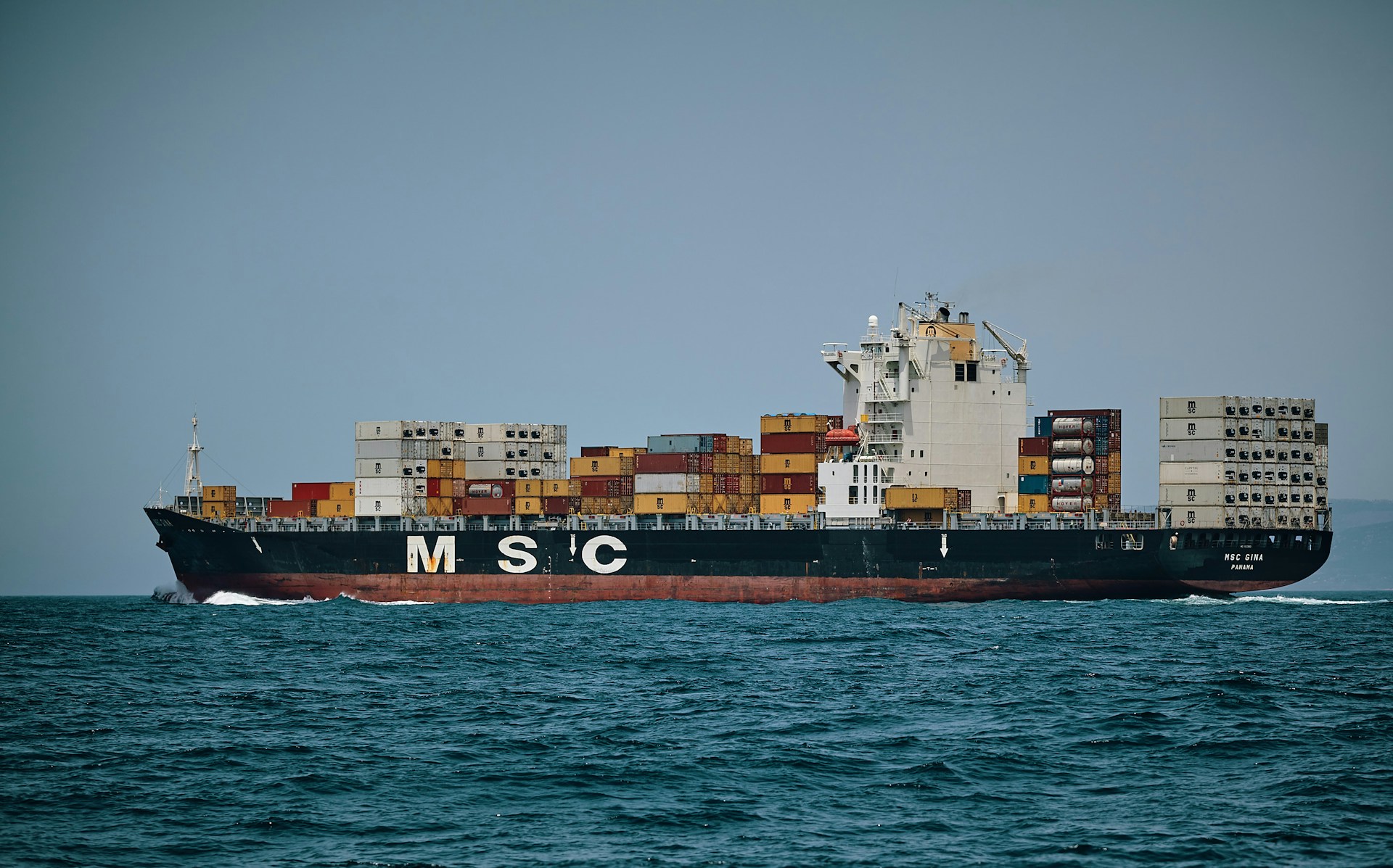Understanding Container Weight Limits and Overload Consequences
This is a guest post by Josh Broswick.
There’s a certain kind of invisible architecture hiding beneath every shipment, behind every crate, below every container – an architecture made of numbers, thresholds, physics, and quiet consequences. The shipping container seems honest: rectangular, obedient, stackable. But it has rules. Not suggestions – rules. And ignoring those rules, especially the ones that regulate weight, is not a hardly noticeable rebellion. It’s a plain old risk. This article will cover container weight limits and overload consequences with a particular tone – somewhere between clarity and urgency, with just enough literary sway to keep us awake while staring at steel boxes and freight data. If you move goods – rice, microchips, ergonomic chairs – you’ll want to know what happens when containers weigh too much. Physically. Logistically. Financially. Welcome to the strange and silent world of limits.

Understanding Container Weight Limits and overload consequences
Shipping containers don’t do an interpretive dance. They carry. They bear. They don’t adapt. A standard 20-foot container can safely handle about 44,000 pounds (roughly 22 metric tons for those few using that scale). That figure includes both the container’s weight and the cargo inside it. The 40-foot version? That’s not a free pass to double the load. More volume, yes. But more weight? It doesn’t have to be so.
Many shippers overestimate what “more room” means. Think of a backpack. You can stuff it, but your back must still carry the load. Yes, a 40-foot high cube might look generous, but the container floor, the corner castings, the crane lifting it – none of these care about your wishful thinking.
A 40-foot container isn’t a free pass to double the load.
The Chain of Blame Has Many Links
Overloading isn’t always one person’s fault. That’s what makes it dangerous. Maybe the warehouse crew didn’t calibrate the pallet weights correctly. Perhaps the freight forwarder didn’t ask. Maybe the driver didn’t notice the lurching sway during turns.
And maybe – just maybe – you got stopped by DOT (Department of Transportation) inspectors on I-95, or your container caused a weight imbalance on a cargo ship somewhere between Long Beach and wherever its final destination is. And suddenly, the whole thing becomes a lesson, but with invoices.
A misdeclared container weight can cost upwards of $5,000 per incident, not including rerouting, repacking, or lost contracts. Ports have scales, but so do judges.
Stacking shame
At sea, stacked containers can behave like a reluctant Jenga tower. The lowest ones bear the sins of the heaviest, so to speak. Overload one, and it will press its grievance downward.
A container at the bottom of a stack should be within its payload limit, or it risks being crushed by the stack above it. It may not crumple as easily as a soda can, but it can deform. A warped frame means cargo shifts. Cargo that shifts too much can break through walls. That’s how shipping disasters begin. Quietly. Then suddenly.
For this reason, the International Maritime Organization (IMO) mandates Verified Gross Mass (VGM) declarations. They don’t trust your instincts. They want a scale reading. You’re required to declare the total weight before loading.
Axle Weight: the Ground Bites Back
Even if your container makes it to dry land, it’s not in the clear. US highways have weight restrictions not just per vehicle but per axle.
A container might be within its total payload, but if it is distributed unevenly across the trailer axles, it becomes a violation. A single over-limit axle means the whole vehicle can be pulled from service.

So, your shipment of blenders, although technically legal in the container, ends up sitting idle behind a weigh station near Amarillo. At the same time, a DOT officer completes the paperwork, and your customer cancels the order.
Insurers Are Tired of Hearing Your Story
Insurance claims involving overloaded containers have a unique rhythm. They all share some similar traits. They’ll start with confusion, move through denial, and land squarely in rejection.
Damage caused by overloading is considered negligence. The policy has exclusions. You’ll discover them slowly, usually while handling client complaints.
The cargo insurer, the vessel operator, and the port authority all speak different dialects, but they understand one thing clearly: a misdeclared container is a problem you’ve created. Once a container breaks, leaks, or shifts due to excess weight, that will be on you. And insurance won’t cover regret.
Container Weight Limits and Overload Consequences (Yes, All of It)
In bold ink, this phrase should be carved into your logistics (standard operating procedure (SOP): container weight limits and overload consequences matter. They matter to the warehouse, the carrier, the port, your insurance agent, and the customer awaiting delivery.
They matter because freight moves by physical means. No amount of optimism will change the bending strength of corrugated steel or the fatigue threshold of crane cables. And yes, you can declare a slightly generous VGM, and no one might check until they do.
Conclusion
A container doesn’t lie. It either obeys or breaks. In the global trade system, where time zones blur and currencies flicker, weight limits remain oddly satisfying. They are knowable. Clear. Fixed. You can’t charm them. You can’t lawyer them. You can’t persuade them with emails or industry clout.
Container weight limits and overload consequences should never be considered an afterthought. They are the grammar of freight. If you miss one clause, the whole sentence will collapse.
We spend much time thinking about where things go, how fast they get there, and what they cost. But rarely do we stop to think about what they weigh – and what happens when that weight becomes an oversight. The shipping industry, quiet as it is, remembers. And it keeps the receipts.

This was a guest post by Josh Broswick.
Author Bio
Josh Broswick is the Logistics Coordinator at Beltway Movers DMV, a trusted company that provides stress-free, reliable moving services for families and businesses. He combines years of industry experience with a passion for helping people navigate relocation challenges easily and confidently. Outside of work, Josh finds time to share practical moving advice through writing.




